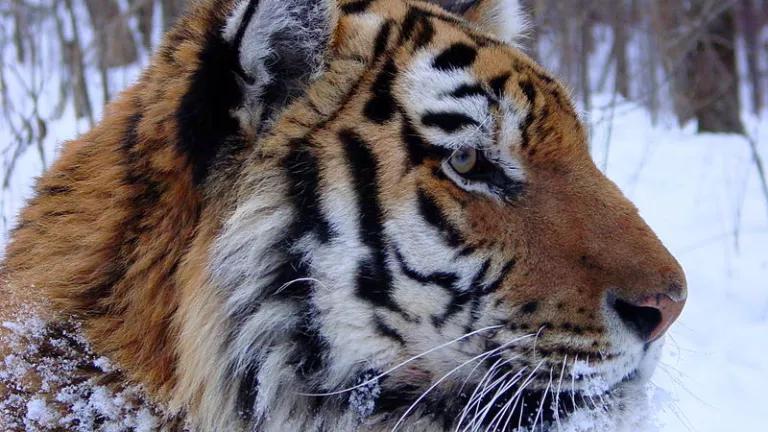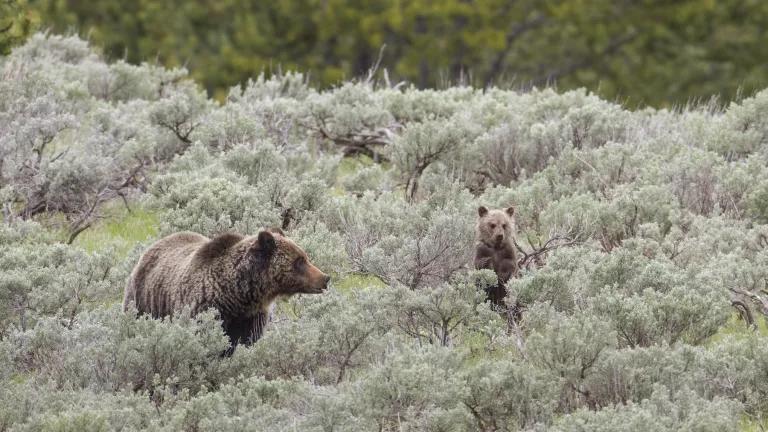An Important Advance for Tigers

As we approach International Tiger Day on July 29, it’s a sad but not surprising fact that tigers are struggling. Threatened by habitat loss and fragmentation, poaching and illegal trade, conflicts with humans, and climate change, the global tiger population hovers at around 3,900. It’s a startling and disturbing number in light of where the global tiger population was more than 100 years ago, when there were more than 100,000—or twenty-five times as many--tigers living in the wild as there are today. With such alarmingly low numbers, conservationists celebrate even minor increases. That’s why China’s new Northeast Tiger and Leopard National Park is such good news for tigers, specifically Siberian tigers.
The world’s largest cat, which can grow nearly 11 feet long and weigh more than 650 pounds, Siberian tigers are found in China, Russia, and presumably North Korea. They’ve been struggling in China for at least a hundred years, mainly because of habitat loss associated with the clearing of forests, road construction, and other development activities. All of which is difficult for tigers, which depend on huge swaths of uninterrupted land for hunting and to protect themselves from poaching and inbreeding.
Now there’s hope that China’s small population of around 25 will be able to nearly triple in size with the creation of the Northeast Tiger and Leopard National Park, which should be realized by 2020. That would be an impressive achievement, considering that twelve years ago, scientists didn’t know if even a single Siberian tiger remained exclusively in China.
Since China announced its plan to create a national park system in 2013, it has banned logging in the area, canceled a highway project that would have divided tiger and leopard habitat, and rerouted a high-speed rail line that also would have disturbed the big cats.
The new park will be about 60 percent larger than Yellowstone Park, providing “a refuge for tigers and leopards in China – where dense human populations have left the big cats more hemmed in than in sparsely populated Russian regions.”
I was able to visit the park earlier this year and meet with some of the local and national officials that will be working in the years ahead to bring the promise of the park to fruition. I also visited a camera trap and was thrilled to see photos of a tiger that had walked past the exact spot I was standing just days before.
I’m not naïve enough to believe that the Northeast Tiger and Leopard park will solve China’s tiger problems; I heard firsthand about some of the challenges government officials and communities face as the park moves forward, like finding and supporting livelihoods that aren’t destructive to park resources. But we must celebrate some victories as we work to save struggling species. This national park is definitely a victory for Siberian tigers and welcome good news for the entire species as we observe this year’s International Tiger Day.




